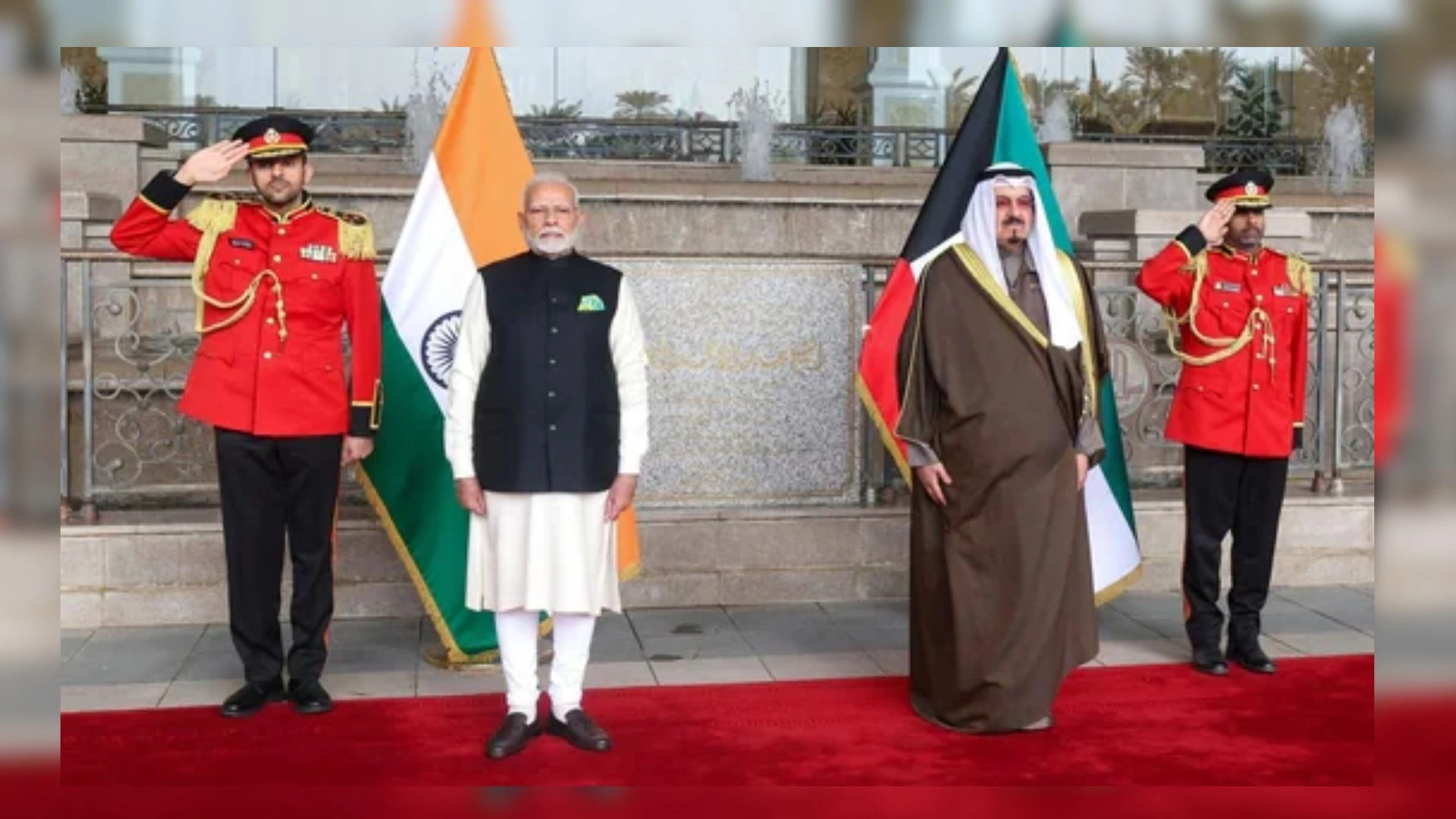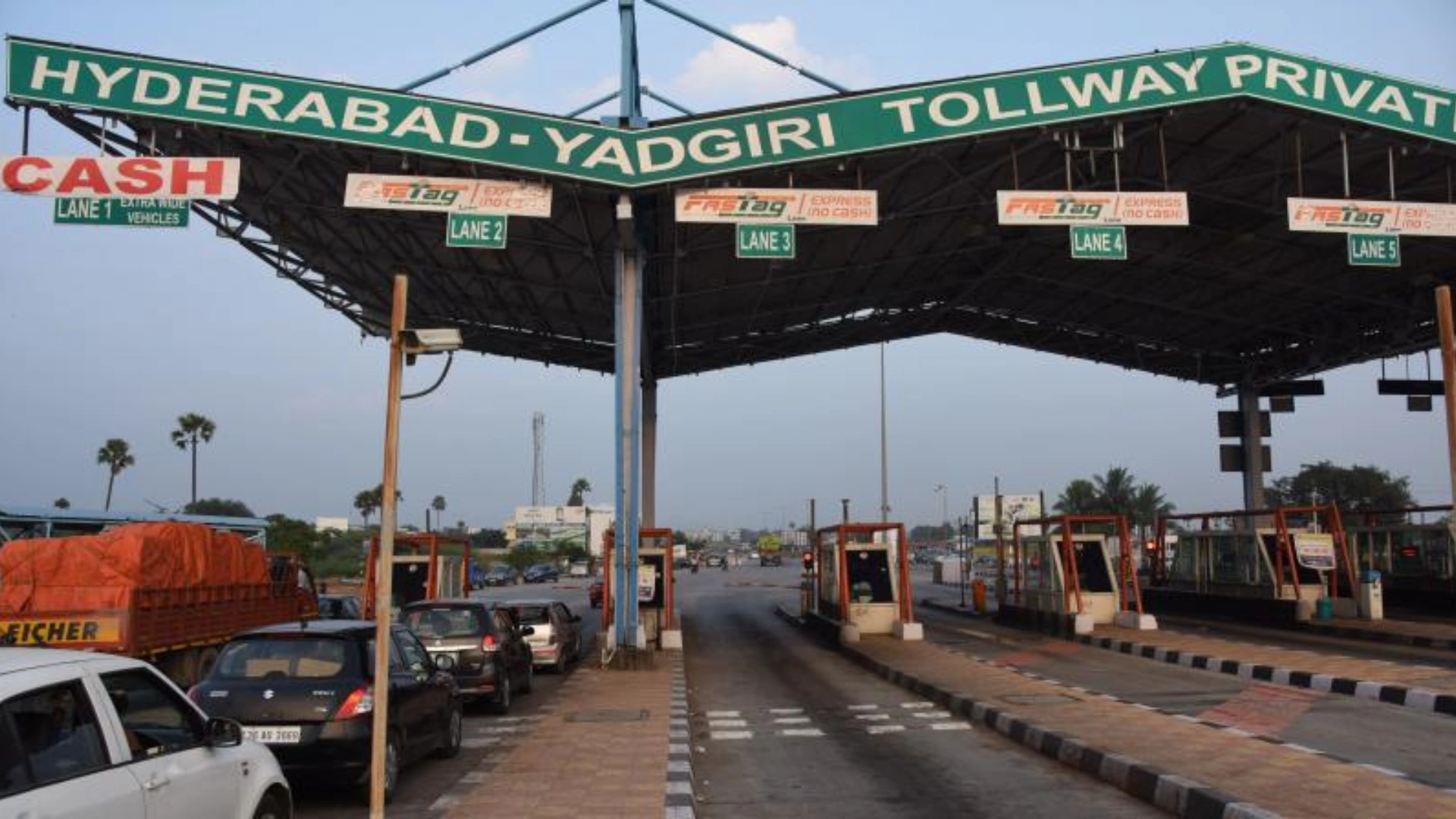On Monday, Prime Minister Narendra Modi and his Spanish counterpart Pedro Sanchez officially inaugurated the Tata-Airbus C295 aircraft manufacturing facility located in Vadodara, Gujarat. This event marked a significant milestone in India’s defense landscape as part of Sanchez’s three-day visit to India, during which he aimed to strengthen bilateral relations.
Prime Minister Narendra Modi and Spanish Prime Minister Pedro Sanchez officially inaugurated the Tata Aircraft Complex for the manufacturing of C-295 aircraft in Vadodara, Gujarat, on Monday. This significant event marks a milestone in India’s defense manufacturing capabilities.
Earlier that day, the two leaders engaged in a lively roadshow through the city. Traveling in an open jeep, they warmly greeted enthusiastic crowds gathered along the route from the airport to the Tata Advanced Systems Limited (TASL) campus. The atmosphere was festive, with citizens expressing their support and excitement for the collaboration between India and Spain in the defense sector.
Earlier that day, the two leaders engaged in a lively roadshow through the city. Traveling in an open jeep, they warmly greeted enthusiastic crowds gathered along the route from the airport to the Tata Advanced Systems Limited (TASL) campus. The atmosphere was festive, with citizens expressing their support and excitement for the collaboration between India and Spain in the defense sector.
A Major Collaborative Project
The Tata Advanced Systems facility is a result of a strategic partnership with Airbus Spain and is situated within the Tata Advanced Systems Limited (TASL) campus. This ambitious defense initiative involves the procurement of a total of 56 C-295 military transport aircraft. Under the terms of the agreement, 16 aircraft will be delivered directly from Spain, while the remaining 40 will be manufactured domestically in India, highlighting a significant shift towards self-reliance in defense manufacturing.
In February, the Defence Acquisitions Council, chaired by Defence Minister Rajnath Singh, approved the initial draft for an additional 15 C-295 aircraft, with plans for nine to be allocated to the Navy and six to the Coast Guard. This expansion underscores the project’s strategic importance for India’s defense capabilities.
Enhancing India’s Defense Infrastructure
The newly inaugurated manufacturing facility is expected to provide a substantial boost to India’s defense capabilities. The project will encompass the entire lifecycle of aircraft production, from manufacturing and assembly to testing, qualification, and maintenance. This comprehensive approach will create a robust ecosystem essential for the effective production and management of military aircraft.
The C-295 aircraft is set to replace the Indian Air Force’s aging HS-748 Avro fleet, marking a significant transition in the nation’s defense strategy. Notably, this facility represents the first instance of a private-sector company engaging in military aircraft manufacturing in India, challenging the long-standing dominance of defense public sector undertakings like Hindustan Aeronautics Limited.
Collaborative Efforts for a Defense Hub
In addition to Tata, major public sector players like Bharat Electronics Ltd. and Bharat Dynamics Ltd. are collaborating with various private micro, small, and medium enterprises (MSMEs) to develop a comprehensive ecosystem for military aircraft production. This collaborative effort aligns with the Indian government’s vision of establishing the country as a global defense manufacturing hub, capable of meeting both domestic and international defense needs.
Prime Minister Modi’s Subsequent Plans
Following the inauguration ceremony in Vadodara, PM Modi plans to visit the historic Laxmi Vilas Palace. He will then proceed to Amreli, where he is scheduled to inaugurate the Bharat Mata Sarovar at 2:45 PM. During this visit, the Prime Minister will also lay the foundation for a series of development projects valued at over ₹4,800 crore, aimed at enhancing infrastructure and public services in the district.
Read More : India-China Disengagement: Ten Key Points You Need To Know


















